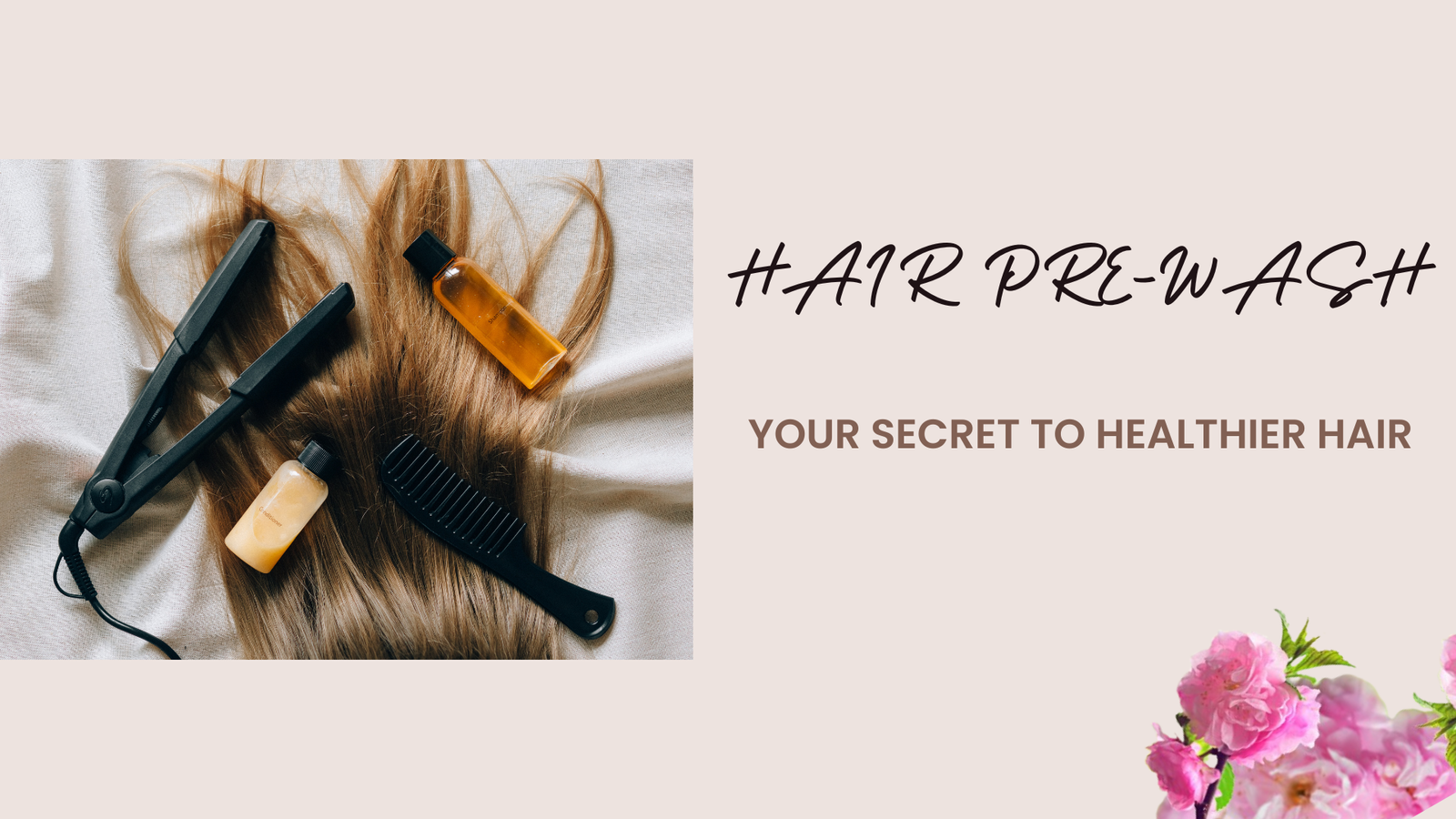Hair care is a significant part of personal grooming and maintaining overall health. One of the best-kept secrets to healthier hair is incorporating a pre-wash routine. This essential step can make a remarkable difference in the strength, health, and appearance of your hair. In this article, we will explore the benefits of pre-washing, the best oils to use, how to choose the right shampoo and conditioner, and much more.
Massaging Your Scalp:
One of the simplest yet most effective ways to boost hair growth is by massaging your scalp. It increases blood flow to the hair follicles, providing essential nutrients and promoting hair growth. But the key to an effective scalp massage lies in the choice of oil.
- Coconut Oil: This wonder oil is known for its ability to reduce hair thinning and hair fall while protecting against dandruff. It prevents dryness and breakage by reducing protein loss from the hair.
- Rosemary Oil: Research suggests that rosemary oil promotes hair growth and reduces hair loss when used daily with a scalp massage. Always dilute essential oils to avoid irritation.
- Bhringraj Oil: Studies show that bhringraj oil speeds up hair growth and boosts regrowth when combined with other herbs. It can increase hair follicles in the active growth phase.
Apply any of these oils to your scalp and leave it on for 1 to 2 hours or overnight before washing. Avoid keeping it for extended periods as it can attract dirt and pollution, clogging pores and making your scalp greasy.
Choosing the Right Shampoo and Conditioner:
The type of shampoo and conditioner you use plays a vital role in hair health. Avoid low-quality shampoos, as they can be damaging. Instead, opt for a good quality, sulfate-free shampoo. A biotin shampoo is highly recommended for promoting hair growth.
The frequency of shampooing depends on how dirty or oily your hair gets. Generally, washing your hair two to three times a week is advisable. The American Academy of Dermatology suggests washing more frequently if your scalp is oily and less often if it’s dry.
Use a conditioner to keep your hair soft and hydrated. Apply it only to the lengths of your hair and leave it on for 3 to 4 minutes. Avoid using hot water while washing, as it can dry out your scalp and hair. Lukewarm or cool water is a better option.
Proper Trimming:
Regular trimming might seem counterproductive when growing your hair, but it’s essential. It helps get rid of split ends and damaged hair, preventing more significant issues later. Aim to trim your hair every 8 weeks. However, pay attention to your ends and trim as needed, especially if you use heat styling tools frequently or dye your hair often.
When you visit your barber, ask for a “dusting,” which means cutting only a tiny amount to keep your hair healthy without sacrificing length.
Managing the Awkward Phase:
After 3 to 4 months of growing your hair, you may encounter the awkward phase, where your hair is neither short nor long. This stage can be frustrating, but it’s crucial to persevere. Keep your hair looking neat while allowing it to grow. Use styling tools like a blow dryer with a round brush to smooth out the texture and avoid daily heat styling to prevent damage.
If your hair feels heavier during this phase, ask your barber for sub-layers during your next trim to reduce weight without sacrificing length. Layers can also add movement to your hair, making it look fuller. Use lightweight styling products to keep your hair in place without weighing it down or clogging your scalp.
Controlling Hair Fall and Breakage:
Shedding is a common issue for people with longer hair. Losing 50 to 100 strands a day is normal, but if it feels excessive, be gentle with your hair. Use a wide-tooth comb to detangle from the ends upwards and avoid hairstyles that pull tightly on your hair.
Twisting, pulling, and rubbing wet hair with a towel can damage it and slow hair growth. Instead, gently blot your hair using a soft microfiber towel or a T-shirt. Let your hair air dry naturally for the best results.
Sleeping Comfortably with Long Hair:
Long hair can get tangled or become uncomfortable during the night. To prevent breakage, tie your hair loosely in a low bun or ponytail using a soft scrunchie. A satin or silk pillowcase can also help reduce friction and protect your hair while you sleep.
Conclusion:
Incorporating a pre-wash routine into your hair care regimen can significantly improve the health and appearance of your hair. Massaging your scalp with the right oils, choosing quality shampoos and conditioners, trimming regularly, managing the awkward growth phases, controlling hair fall, and ensuring comfortable sleep are all essential steps in achieving healthier, stronger, and more beautiful hair. By following these tips and consistently caring for your hair, you can enjoy the benefits of luscious locks that are a source of pride and a reflection of your overall well-being. Happy hair care!
